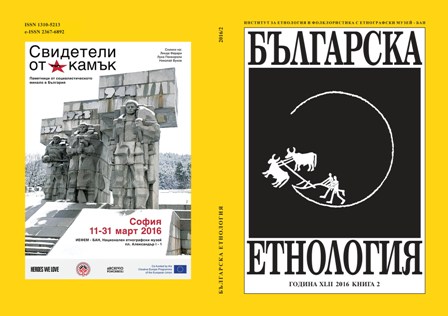
We kindly inform you that, as long as the subject affiliation of our 300.000+ articles is in progress, you might get unsufficient or no results on your third level or second level search. In this case, please broaden your search criteria.


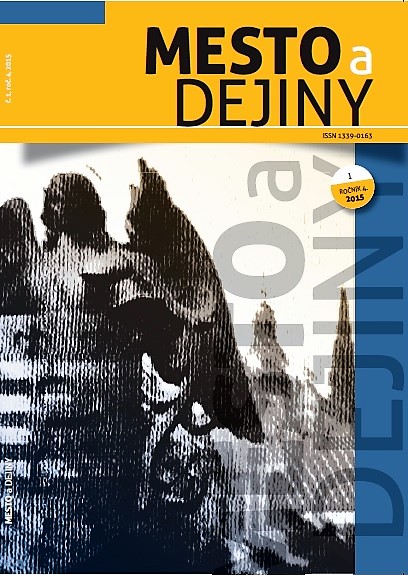
There are testaments from the 16th century preserved in Kremnica state archive. They are written in Latin, German and in one sample also in Slovak language. Last wills prepared a man for a death in spiritual and secular (division of property) way. Testaments eliminated conflict between secular property and desire for an eternal life. Formally testaments consist of several parts – invocation, intitulation, profession of faith, passages about human mortality, composing of the last will and redress of sins, heritages of property, confirmation, corroborating and date formulas. The content of the testaments is an important historical source for economic, law, culture, regional history and also history of material culture and everyday life.
More...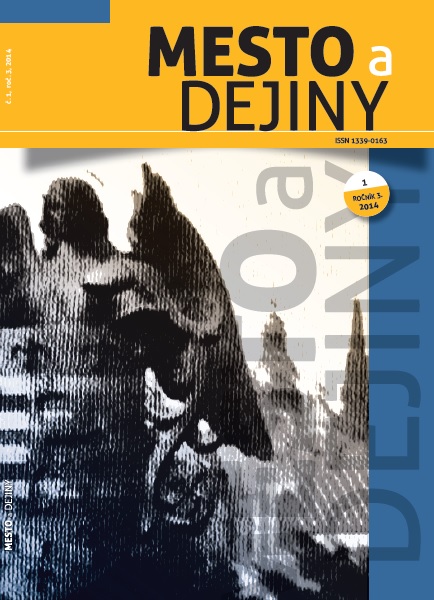
Materials about the nature of personal relationships are an important source of information about everyday life. This article bring information on daily life and attention is focused on the city of Krakow. In addition leading themes, personal relationships contain a lot of information about the difficulties with the supply and quality of housing, the attitude towards the changes taking place in the city, functioning within the official public life and privacy. The purpose of this article is not to criticize source materials such as memoirs, or reflections on the formation and functioning of the memory of the war and occupation.
More...
The aim of the author was to outline the development of the Slovak order education system on the example of three Czechoslovak order real gymnasia in Košice in the third decennium of the 20th century. It resulted in a picture of the studied gymnasia in the years 1935 – 1938. An absence of archival materials constituted a limitation to the research and processing of its results.
More...
This paper describes the political and other influences on the foundation of the University of Košice in 1657. The surprising hesitation of the Hungarian king Leopold I and the Jesuits in Vienna in particular leads to some probable interpretations. The contemporary speculations within the Austrian Society of Jesus regarding the partition of the province in two parts and establishment of an autonomous Hungarian province are in the centre of attention.
More...
The article presents the program of sexual education prepared and offered by Krakow Branch of the Planned Parenthood Association in the wider context of socio-political situation in Krakow (1956 – 1989). Since the beginning of the Association’s existence, the special attention was paid to the development of educational program, which concerned the different aspects of „family life“. The article is going to answer the questions about its goals, the educational tools used to achieve them and its social targets. To accurately determine the position of the Association in the city‘s community I will analyse its foundation and activities in wider context of the pre-war traditions of the organisation and the activities regarding premarital counselling undertaken by the Krakow Catholic Church.
More...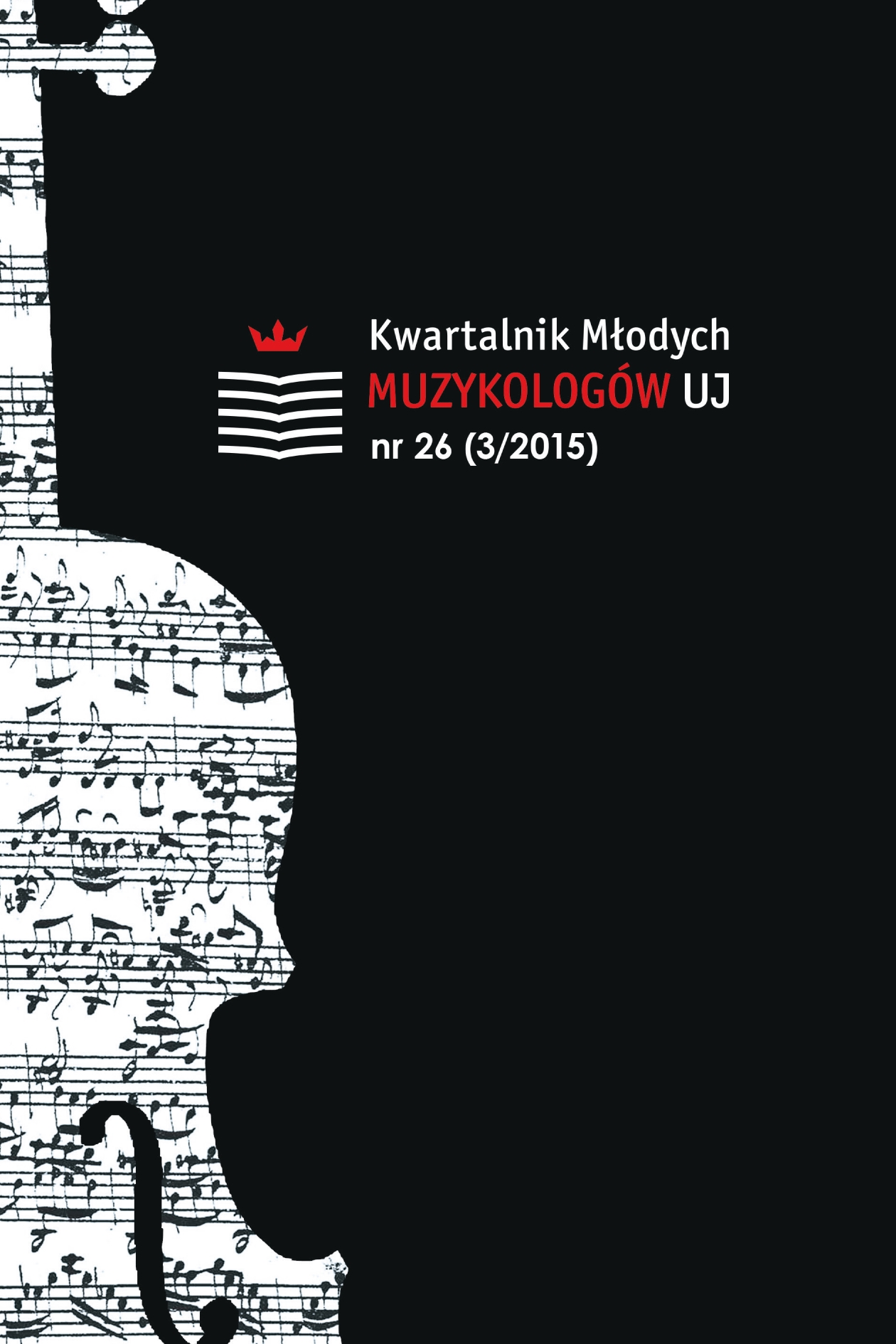
Ludwik Maader (also quoted in sources as Lodovico or Ludovico Maader) was a composer working on Polish territory in the second half of the 18th century. He came to Jasna Góra in September 1784. He was a bandmaster until the end of 1798. Information about his life and activities is rudimentary. We know that he came to Poland from Moravia, specifically from Dub on Moravou – a small town near Olo - mouc, but unfortunately we do not know exactly his earlier activity. Requiem in Es by Ludwik Maader is preserved not only in the Ar - chives of Jasna Góra in the manuscript signed III-446. Currently we found out about four other Requiem. The source from Jasna Góra is autograph of the bandmaster and contains probably the oldest and original version of the composition. The first source is kept in the Jagiellonian Library, comes from Gidle, and was written in 1809. The second manuscript is located in the Provincial Archives of Dominican Order in Cracow and belonged to Dominican’s band in Gidle (1845). The third and fourth sources are inaccessible because of poor state of preservation. They are stored in two places: 1) Archives of the Arch - diocese of Gniezno signature II/7, belonged to the band from Grodzisk Wielkopolski, 2) Archives of the Archdiocese of Poznań – from the band in Gostyń. This article is focused on a comparison of the three manuscripts: one from Jasna Góra and two from Gidle. The author compared the content of manuscripts, the way of signing the text, vocal and instrumental parts and basso continuo.
More...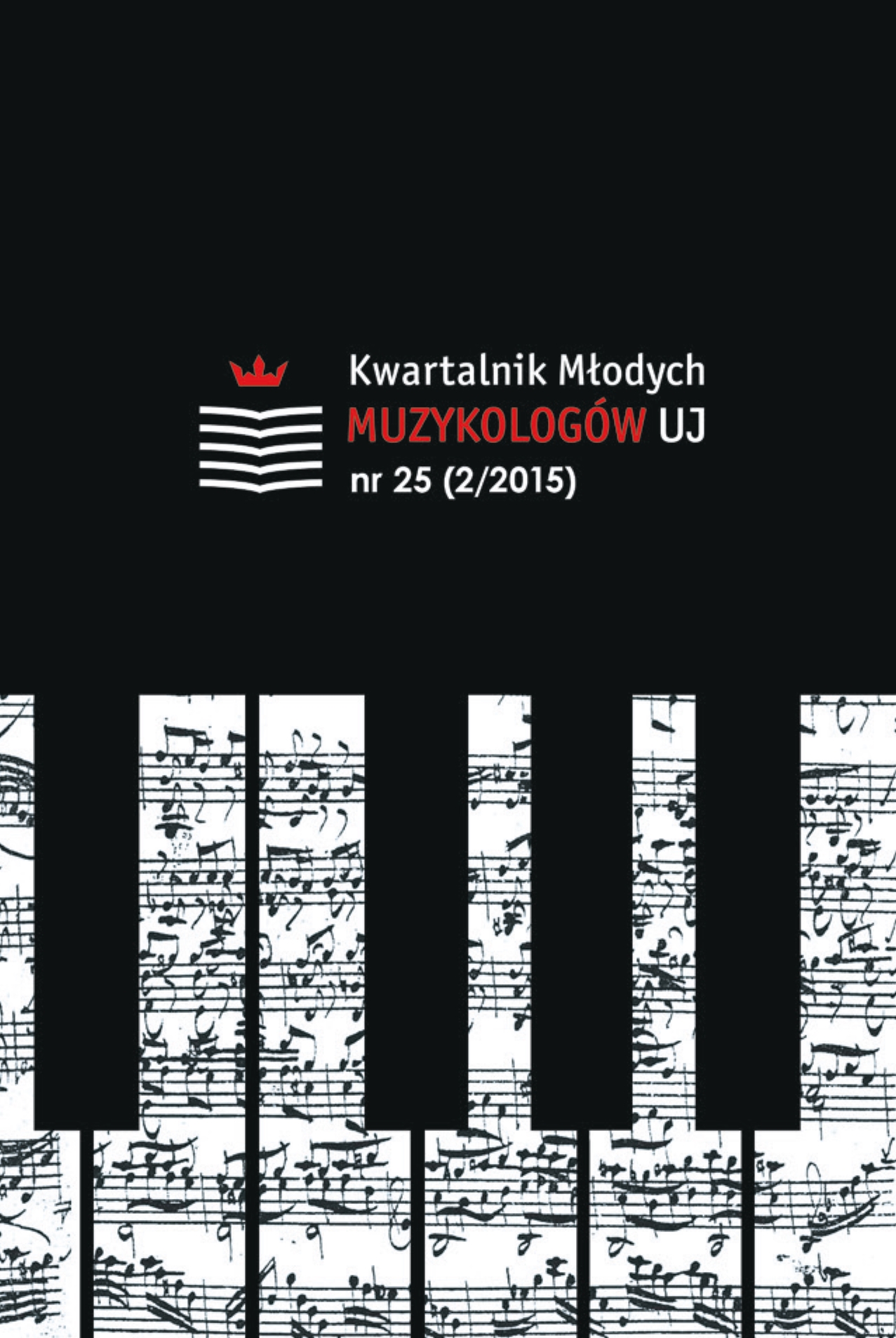
The article is a contribution to the exploration of history of Polish musical culture of the Renaissance and the Baroque period. Recognition of elementary forms of social organisation leads to understanding of the prevailing social and economical relations in those times. This article is one of the first in this topic, therefore it starts with very basic issues. A musicians guild existed in Cracow from 16th to 18th century. The article presents its history and organisation on the basis of statutes and municipal documents analysis. Simultaneously, it raises questions about circumstances of its creation and termination, welded duties and repertoire. The author questions the character of discussed association, considering to what extent it was a guild and a confraternity. The aim of the publication is to present to the reader a coherent picture of the guild, which could provide a starting point for further research.
More...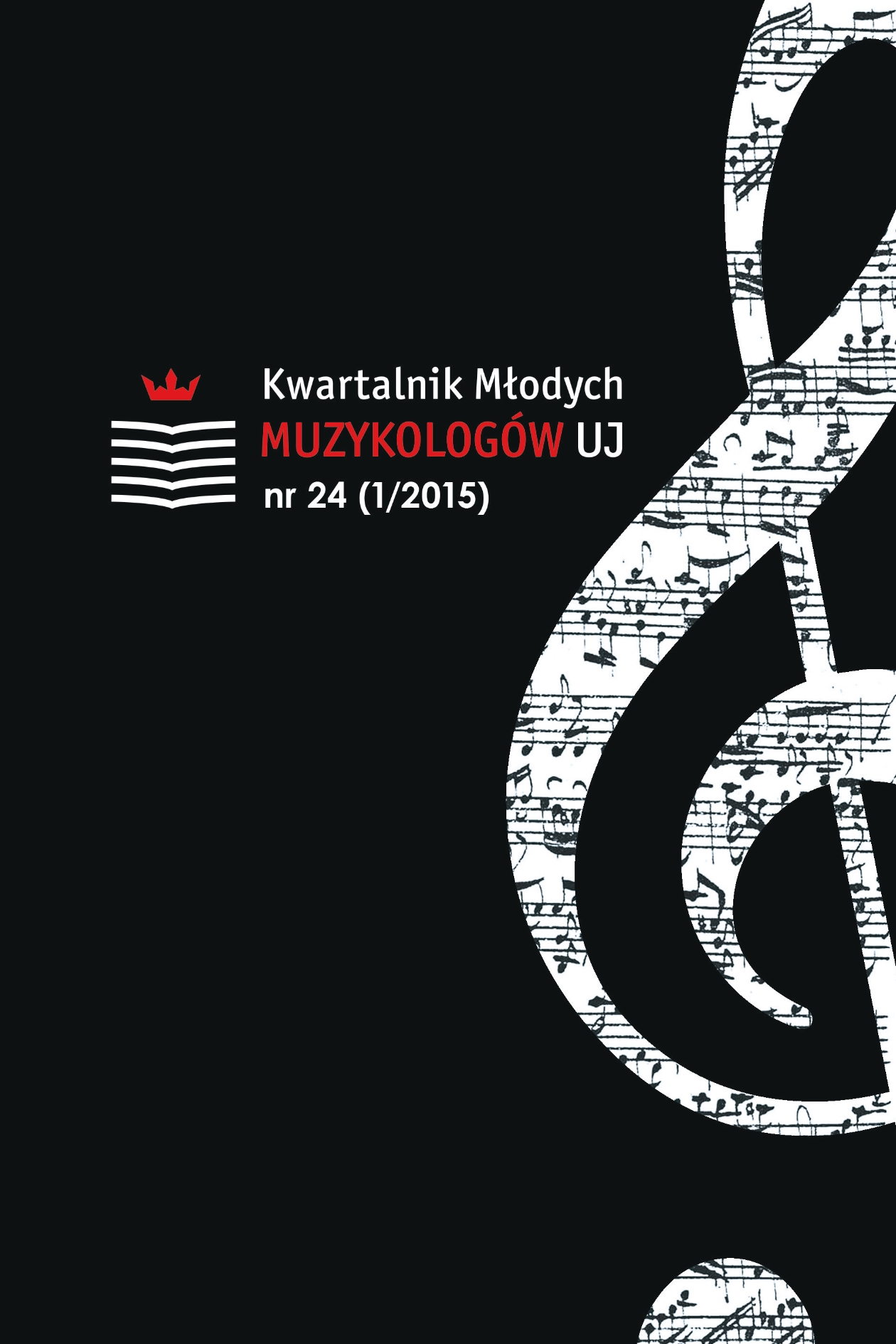
The aim of this study is to present and synthesize the image of Eugeniusz Morawski’s output as presented by the Polish press and Polish composers. Morawski is an unknown composer, absent from the concert programs. His works were performed during composer’s lifetime and caused mixed and extreme reactions from the critics. His first successful concert – performance of now lost symphony-poem „Vae victis” in Salle Gaveau, Paris, was barely noted in Polish press. The first performance of symphonic poem „Don Quichotte” in 1912 caused vivid, yet mixed reactions. An important review was written by Aleksander Poliński, who criticized Morawski for being stylistically dependent on Richard Strauss’s style. Other reviews, some of them anonymous, were positive. The composer was praised for his talent and he was predicted to become a huge success in the future. Later on, his works were infrequently performed. In 1925, the symphonic poem „Nevermore” was performed in Warsaw under direction of Grzegorz Fitelberg. The work was very well received by the critic Karol Stromenger. Yet Morawski’s greatest success was his ballet „The maid of Świteź”, presented in Warsaw’s Great Theatre in May 1931. In 1933 Morawski received for this work the musical prize from the Ministry of Religious Beliefs and Publick Enlightment, winning the competition with Karol Szymanowski’s „Symphony no.4”. The event was discussed in great detail by the press. Some of the reviewers praised this work as Morawski’s masterpiece, others criticized it as worthless and clumsily written. The ballet was presented again in 1962 under the direction of Bohdan Wodiczko. A critic and a composer Stefan Kisielewski praised the word for its great orchestral effects and eerie climate. The article also uses extracts of letters of a composer Szymon Laks, essays of Stefan Kisielewski, and unpublished material from Polish Composers Union archive – letters of Grażyna Bacewicz and Włodzimierz Sokorski.
More...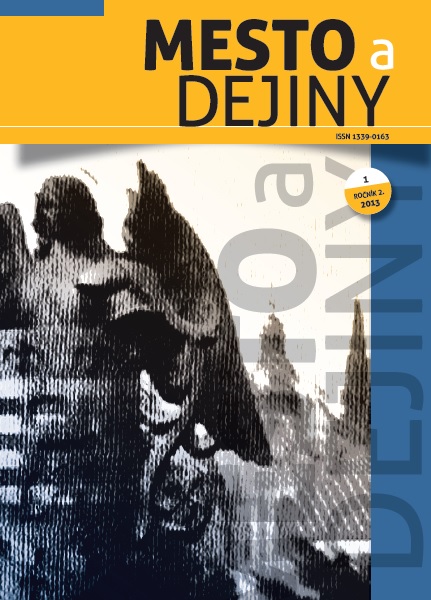
The article points out the insufficient research of the Roma people’s history in Košice. It suggests mechanic and incorrect acceptation of Roma people’s Camp locality which have neither been questioned nor verified yet. The article tries to indicate the problems of the topic de facto from the Middle Ages and problems with the distinction of the places where Roma people were settling in particular periods of their development in the suburbs. There is an urgency of consistent research of the archival material and other sources of information which are associated with this important topic.
More...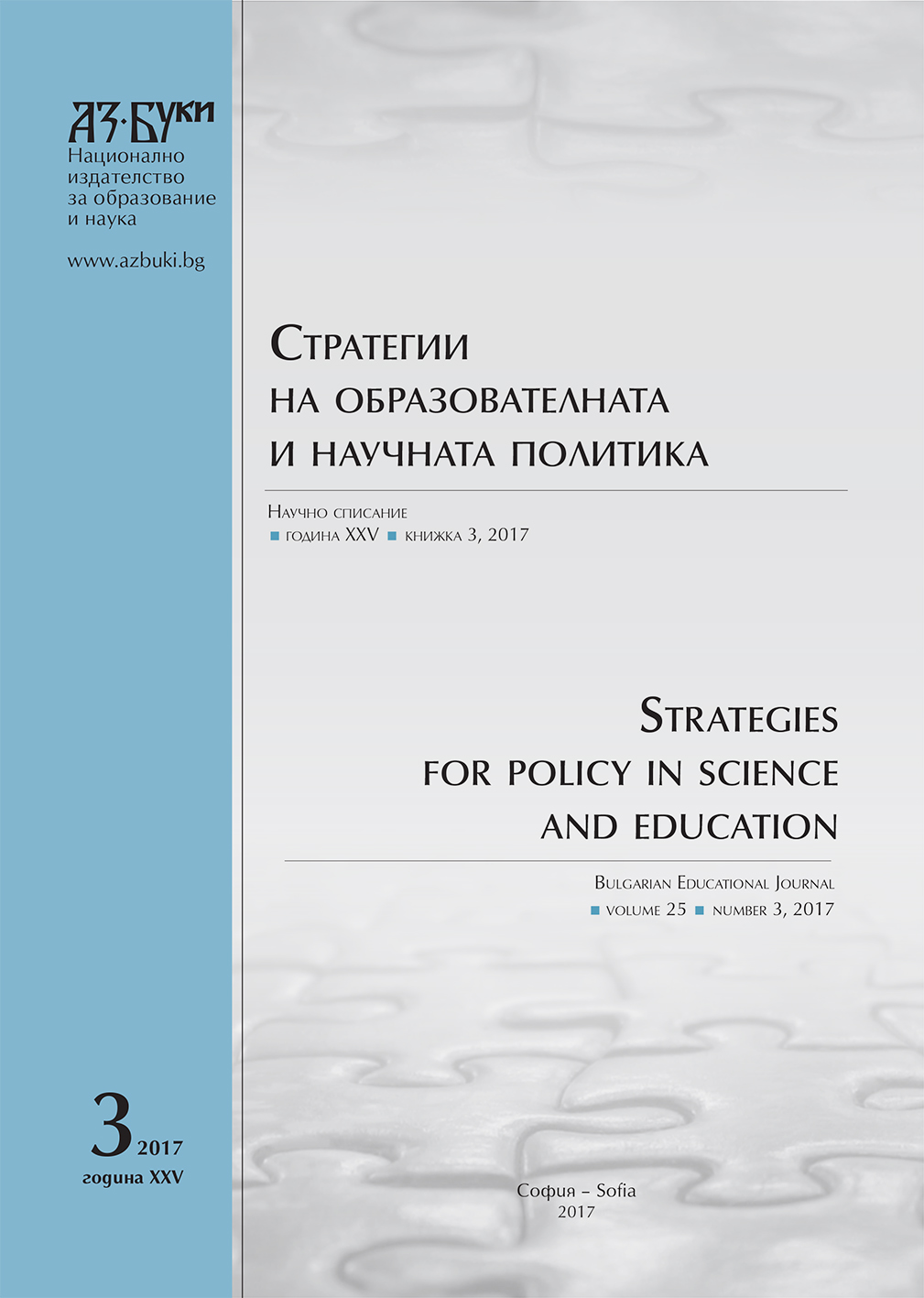
The article draws attention to some aspects of the political culture of the Bulgarian Turks. On one hand, there is a pronounced nostalgia for socialism associated with the individual security and economic stability. On the other hand, the positive assessment of European integration is understood as free access to Western European labor markets. How does the “economic” factor influence the political culture of this population at the beginning of the XXI century?
More...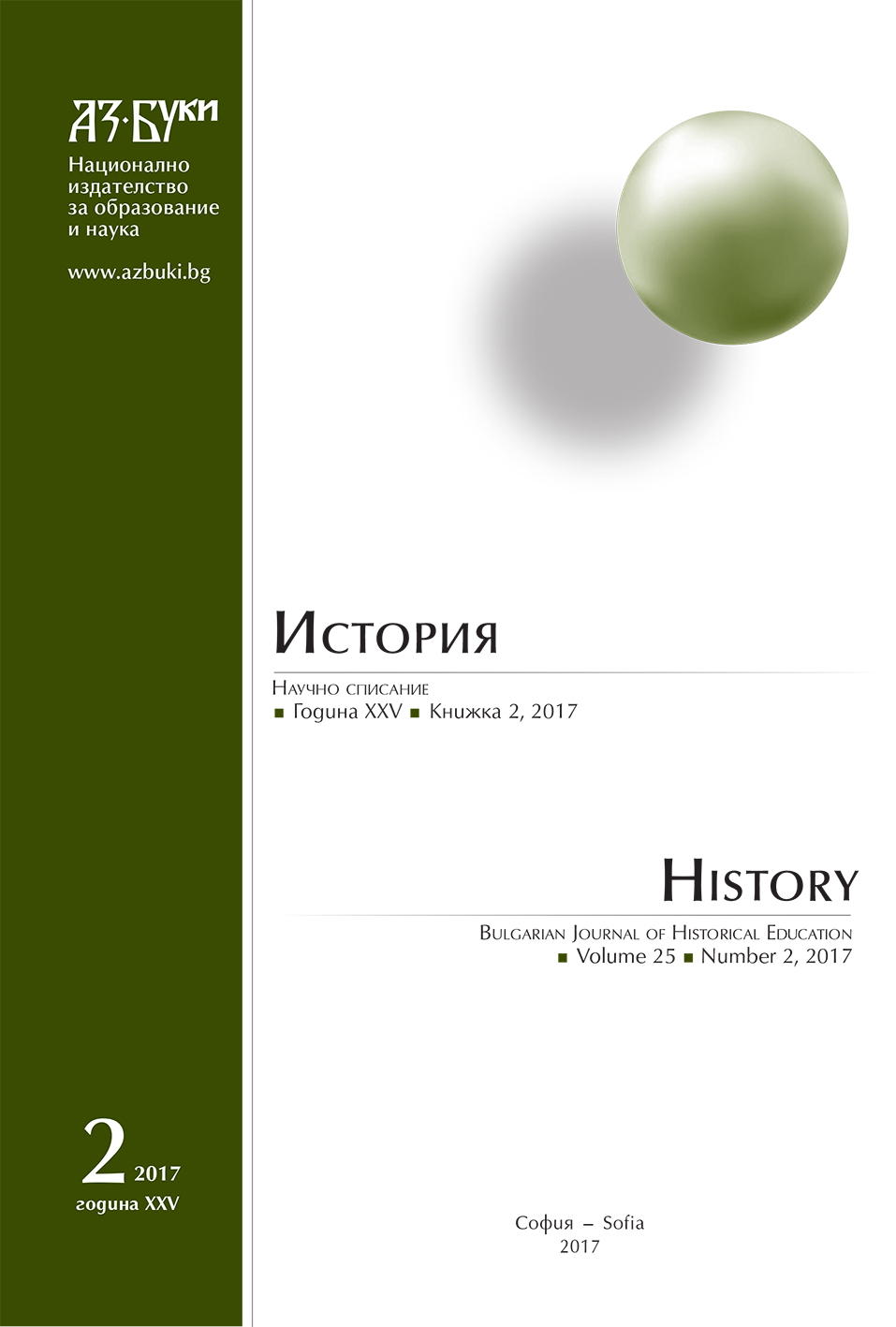
The Migration of Muslims to Western Europe attains significance after the World War II, because in this part of the old continent workers are badly needed for the development of industries of Western European countries. After 1945 till the beginning of XXI century there were five waves of Migration of Muslims to Western Europe. Although the politics of Western countries has some peculiarities towards the Muslims, the end results of this policy builds up parallel communities within the societies of these countries. These parallel communities hinder the integration of Muslims. At the religion the Muslims find a rallying point and the religion serves as a base for creation of Identity. Gradually the Muslims become a political factor because their number increased constantly. On surface arise the question about the integration or disintegration of Muslims. This question is at the center of the political or scientific discussion.
More...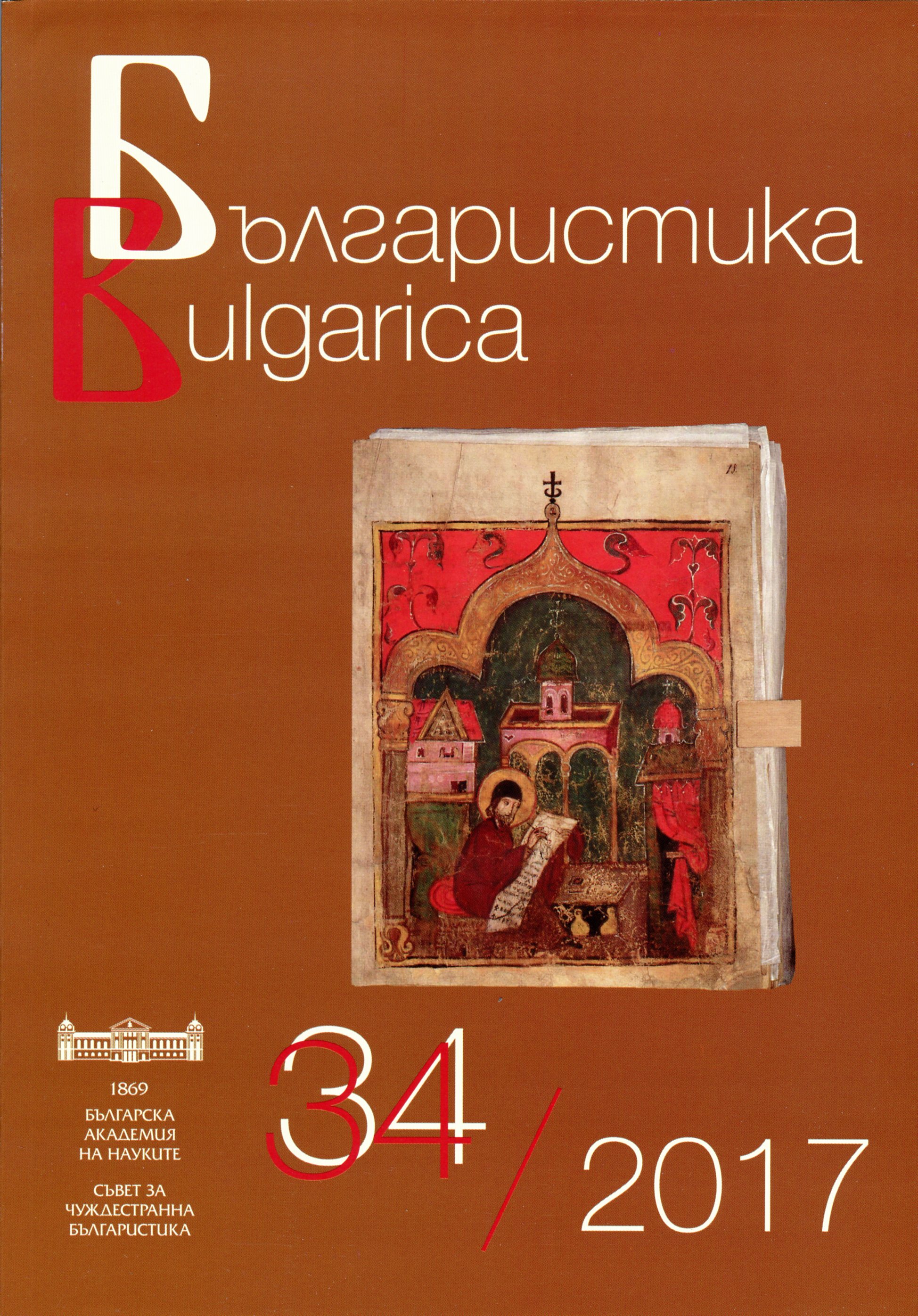
Selected bibliography in the field of Bulgarian Studies published in the current year
More...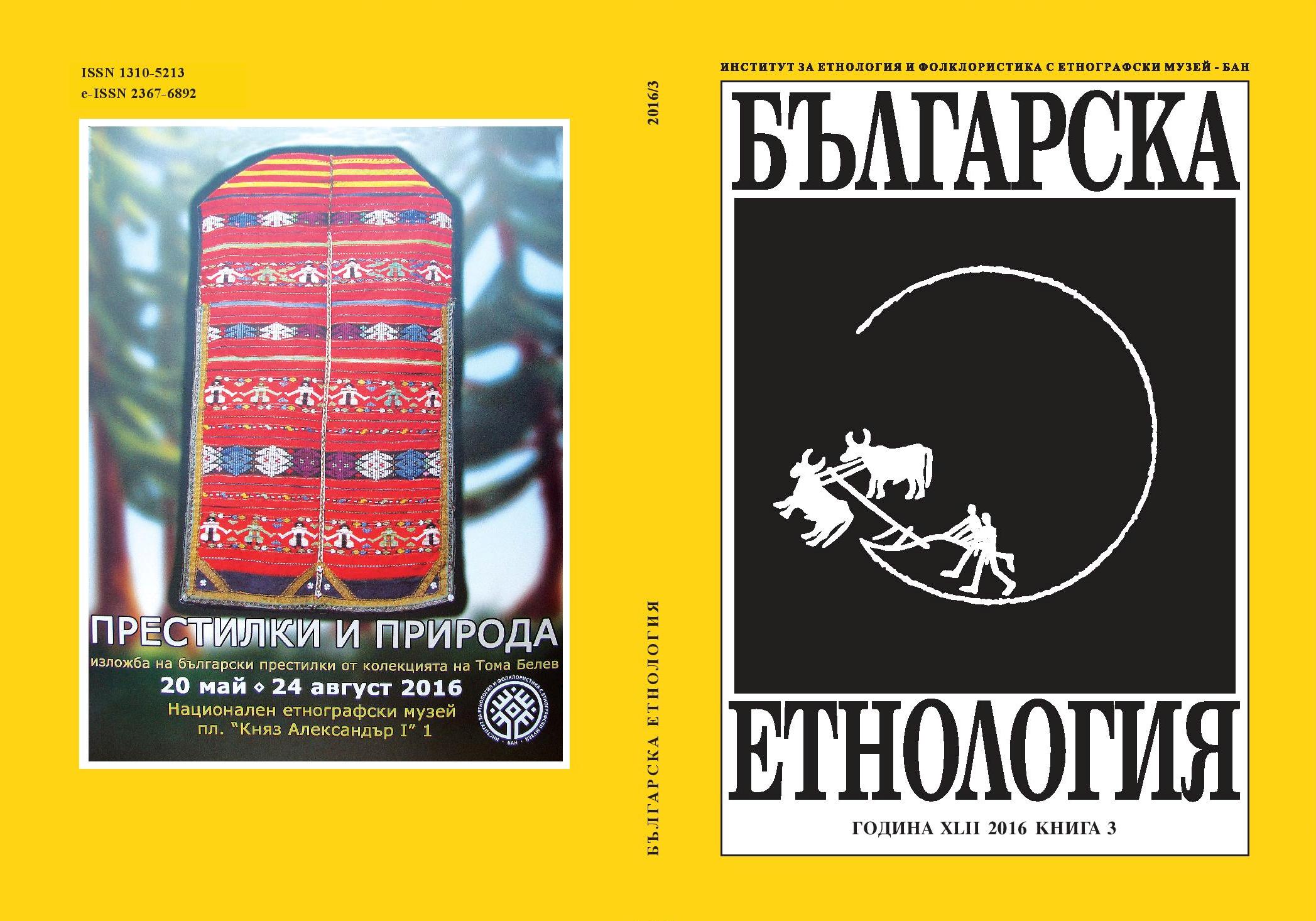
In the last decades, despite some pessimistic prognoses, shamanism is experiencingrevival. In the course of this process, shamans are adapting their practices to theclients’ expectations and new profile; as a result their own traditional view of theБългарска етнология, world is undergoing significant changes. One of the newly-emerged features ofcontemporary shamanism in Buryatia is dividing the inhabitants of the sacred worldinto „prestigious“ and „non-prestigious“ and offering them gifts corresponding tothis new status, all this with the active participation of the shamans themselves. Thearticle presents such practice which the author observed and assumes that there is alsoa process of transmission of respective ideals and values in the sphere of the sacredworld.
More...
The Areca nut is one of the products found in South Asia, Southeast Asia, andSouthern China. In China, being an exotic product that can be grown only in tropicalclimate, the Areca nut used to be highly appreciated and considered as a precious giftamongst the nobles in the past, especially during the Tang and Song dynasties. Whilein Vietnam, throughout its history, the Areca nut, because of its inherent spiritualvalue, has been an indispensable object of sacrifice in Vietnamese ancestral worshipas well as their lifetime rituals such as weddings, funerals and during childbirth. Apartfrom being an essential offering in rituals and ceremonies, the Areca nut traditionallywas also a means of mobilizing Vietnamese people’s social interactions (includingcourting between young boys and young girls).After doing a short description on how the Areca nut was used as a gift and as asacrificial object respectively in China in the past and in Southeast Asia, this article,from a historical point of view and with the author’s first hand materials from herfieldwork in Vietnam, attempts to show and explain both why and how the Arecanut has been functioning as a core indispensable object in sacrifices as well as ritualsand also as a means of social interaction in Vietnam. Thus, the article emphasizesthe important role that the Areca nut plays in Vietnamese people’s spiritual life andculture.
More...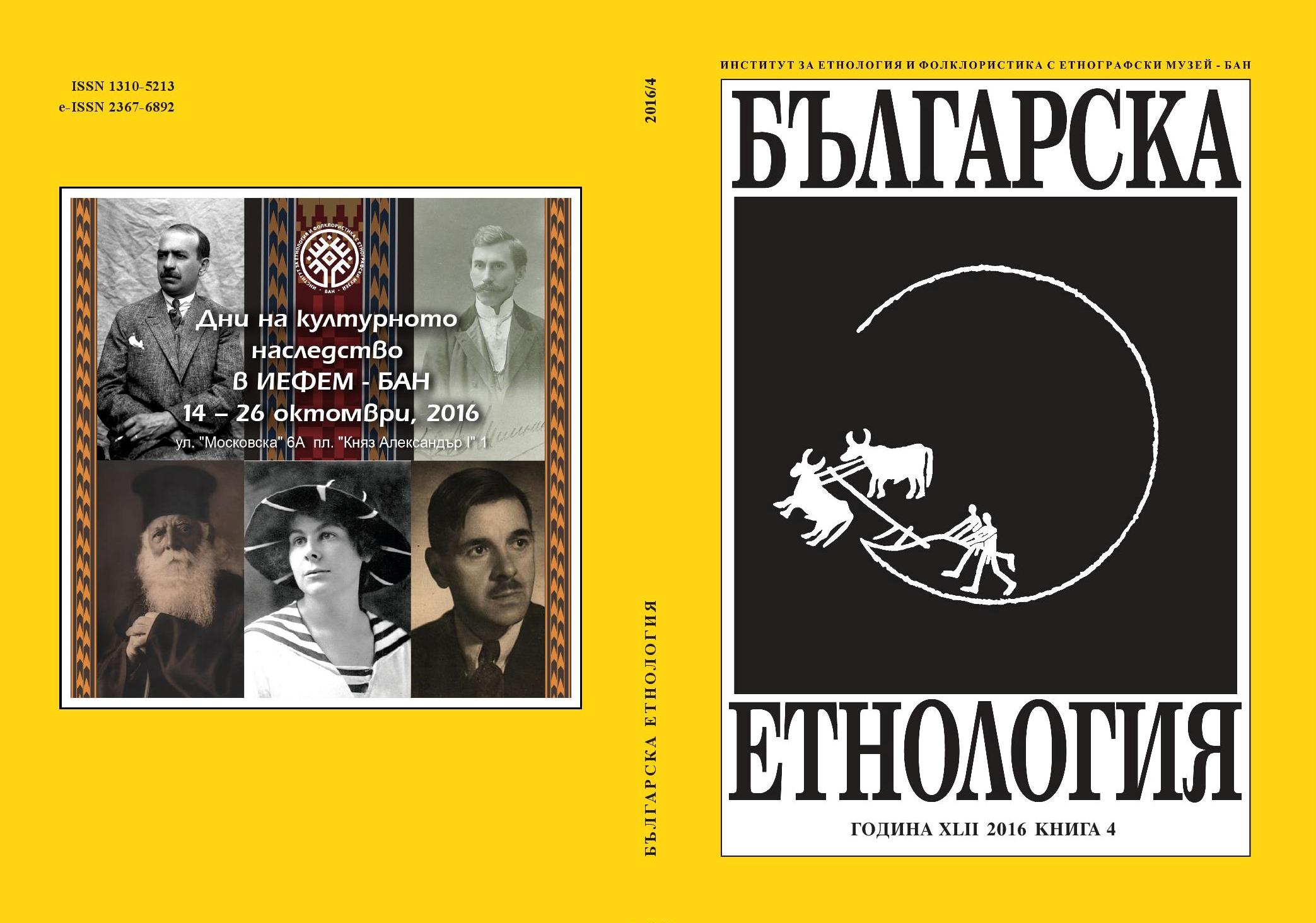
The article analyses the process of choosing different strategies of identification bythe Bulgarians in Ukraine. The present state of the “identification processes” againstthe background of the “war of memory” and the “invented traditions” places themamong the priority problems of science and politics.The subject of analysis are the specifics of the formation of collective memorywhich are at the root of the choice of identification strategy: commemorative practices,mechanisms for memorialization of the past, the correlation between the localgroup history and the national strategies of Bulgaria and Ukraine. The conclusionis that the choice of identification behaviour is influenced by the efficiency of thesocial adaptation under the specific historical circumstances. The social resources atdisposal of the group in any particular moment influence the choice of vectors of thecollective memory and predetermine the formation of defensive practices aiming topreserve the group.
More...

